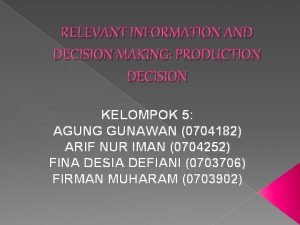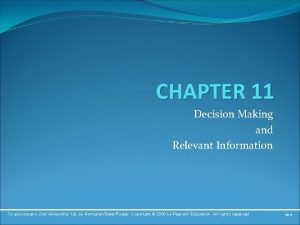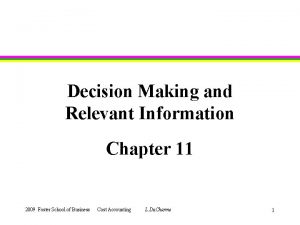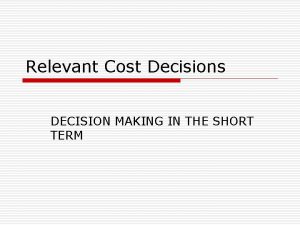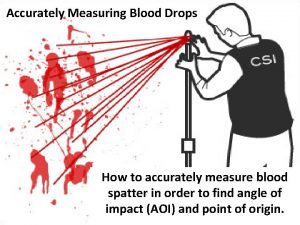Reporting Relevant Information Succinctly and Accurately Introduction Reporting






- Slides: 6

Reporting Relevant Information Succinctly and Accurately

Introduction • Reporting relevant information to others succinctly and accurately is a very important part of professional communication, especially concerning patient care. Think of your report as a camera recording and reporting the information. Make sure there is a clear and factual picture created as an end result. Most of us know what the word "accurate" means, but what does "succinctly" mean? Let's discuss these two reporting types in greater detail.

Accurate reporting • The definition of "accurate" is "free from error. " This may seem to go without saying, but you should remember that accuracy is of utmost importance. Accurately reporting sequences of events, orders, and concerns is essential. Therefore, it is important to remember these keys to accurate reporting: – State facts, not opinions. – Report objective facts instead of subjective opinion. – Remove personal emotions. – Place yourself in a dispassionate mindset and record information, not feelings.

Succinct reporting • The definition of "succinct" is "marked by compact precise expression without wasted words. " Therefore, it is important to remember these things for succinct reporting: – Be specific but concise. – Use simple, descriptive terms. – Avoid words such as "normal" or "good”. – Use quotation marks when reporting specific comments. – Complete the following exercise to help with concise, succinct reporting.

Conclusion • Reporting is an essential skill for professionals. If you are writing a written report, here a few guidelines: Present information Are meant to be scanned quickly by the reader Use numbered headings and subheadings May not need references and bibliography Use short, concise paragraphs and dot-points where applicable – Use graphics wherever possible (tables, graphs, illustrations) – May need an abstract – May be followed by recommendations and/or appendices – – –

Conclusion cont. • Whether the reporting is verbal, in a patient's chart, or an actual written report, the idea is the same. . . be succinct and accurate whenever reporting.
